AI Travel: Smart Trip Planner & Itinerary Builder
Transforming complex travel planning into personalized, one-click AI trip experiences
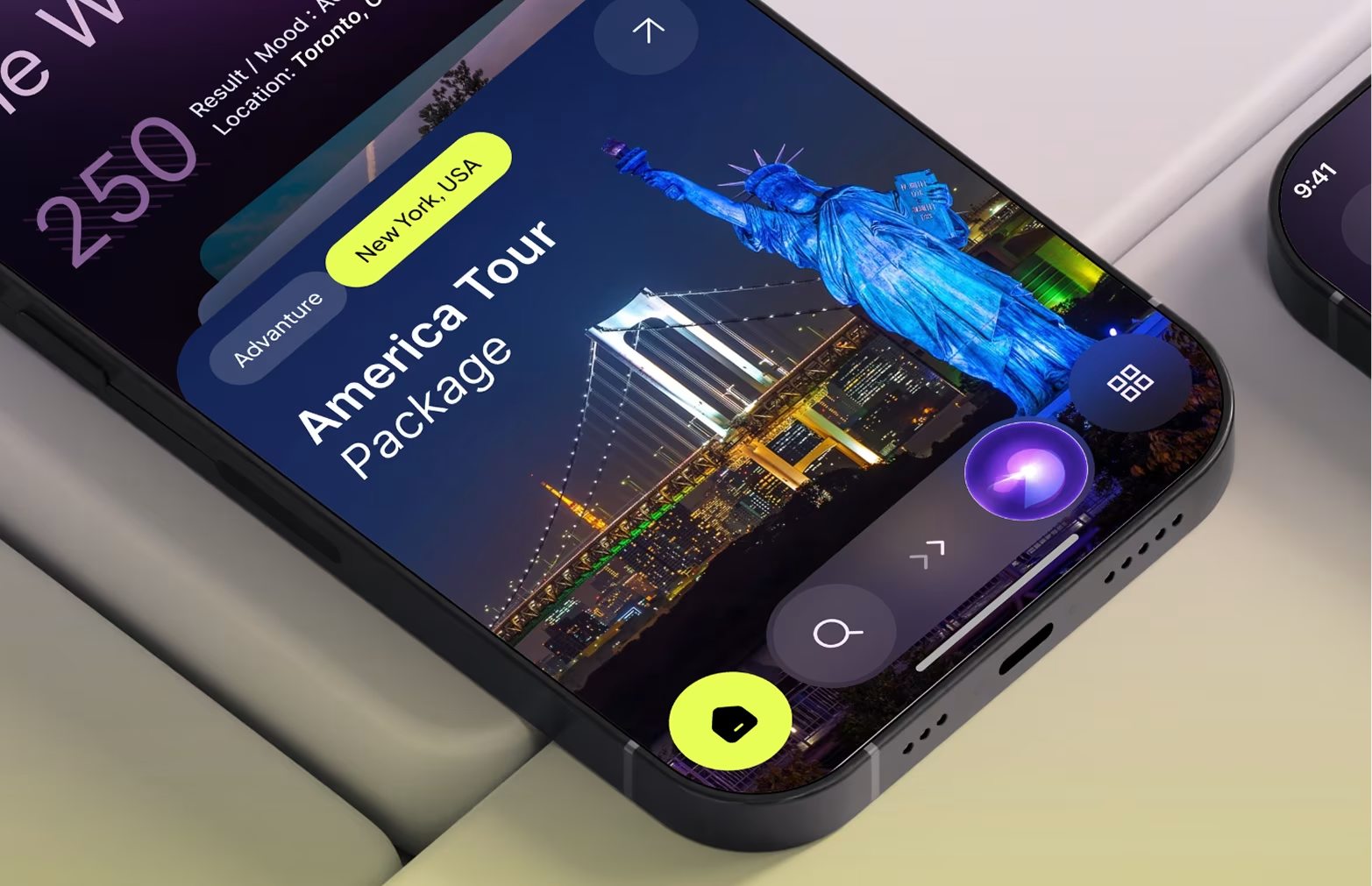
About the project
AI Travel is an AI-powered trip planner and itinerary builder designed to make travel planning simple, fast, and personal. Traditional trip planning required hours of manual research and scattered information. AI Travel transformed this into a conversational experience — users chat naturally about their trip goals, and the system creates personalized itineraries with built-in booking options.
Results:
- Trip completion rate increased 89%
- Planning time reduced from 4.2 hours → 1 hour
- User satisfaction (NPS) improved from 34 → 73
Problems & Challenges
Most travelers faced major pain points:
- Manual research taking hours
- Generic recommendations lacking personalization
- Scattered travel data across multiple sites
- Disconnected booking experience
User studies revealed that 73% of travelers abandoned trip planning due to complexity.
The main challenge was to design a natural language interface that understood context, preferences, and goals — creating complete itineraries that felt human and adaptive, not robotic.
Design Approach
Our conversational AI design process focused on how users naturally describe trips. The AI progressively asked smart follow-up questions and built itineraries in real-time — integrating flights, hotels, and activities seamlessly.
Key steps:
- User research & conversation mapping (60+ interviews)
- Smart dialog tree design for multiple planning styles
- High-fidelity UI & AI integration (card-based + chat view)
- Usability testing with 80+ travelers
Our Approach



Project Timeline
Weeks 1–3: User research with 60+ travelers, AI capability review, and conversation pattern mapping.
Weeks 4–6: Built dialog flows, question sequencing, and personalization engine.
Weeks 7–10: Designed chat UI, destination cards, itinerary view, and booking flow.
Weeks 11–12: Integrated backend APIs and tested real-time itinerary generation.
Weeks 13–14: Conducted usability tests (80+ users) and refined conversation & booking experience.

Sketch
Early sketches explored different conversation layouts — from classic chatbot styles to a card-based interface blending dialogue with visual suggestions. Iteration tested itinerary views (timeline, day-by-day, and map-based) and destination card designs balancing imagery with clarity. User testing showed travelers preferred visual confirmations (photos, maps) before booking, shaping the final hybrid approach and in-app booking flow.
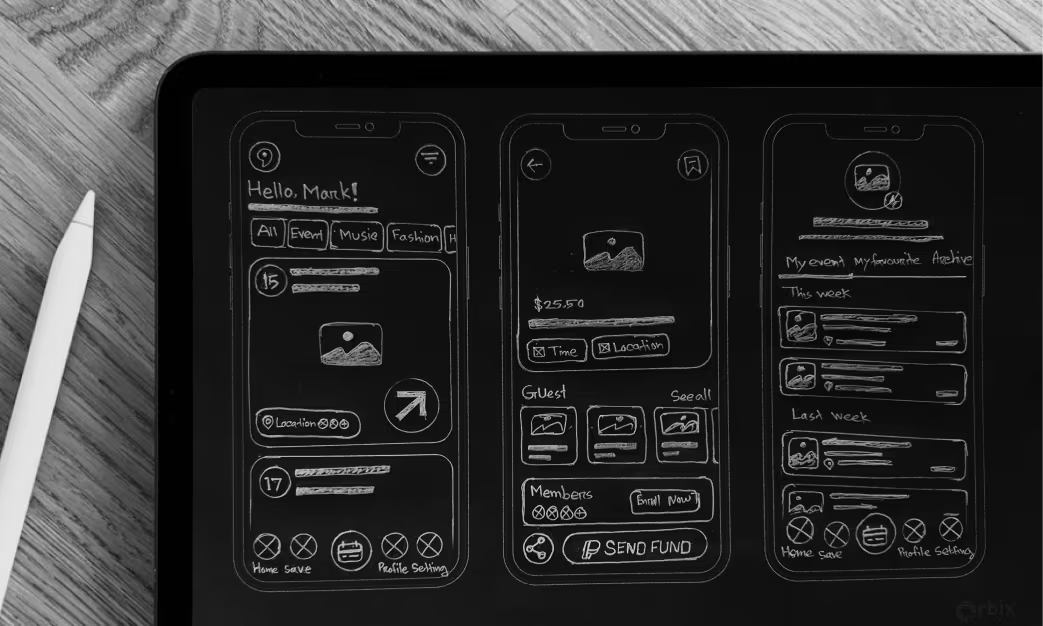
Style Guide
The visual identity reflected exploration and trust:
- Colors: Sky Blue (#0369A1), Earth Orange (#D97706), Coral (#FF6B6B), Green (#10B981)
- Typography: Poppins – modern and friendly
- Cards: Rounded corners (12px), subtle depth
- Icons: Maps, calendars, hearts, users — travel symbols
Illustrations showcased real travelers and destinations, emphasizing authentic experiences over stock visuals.
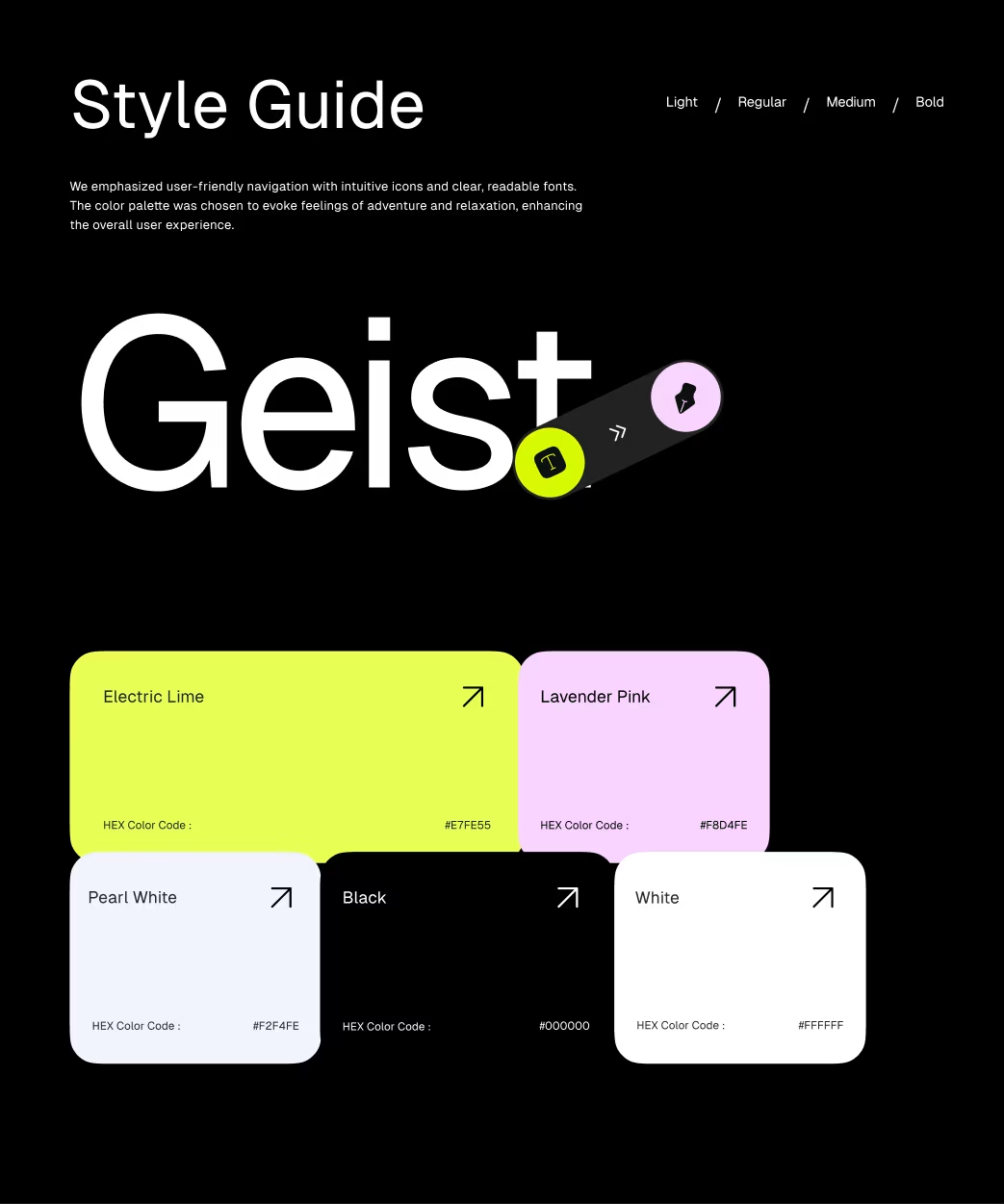
Wireframe
Low-fidelity wireframes defined the core user journey — from conversational prompts to AI-generated itineraries, visual map views, and booking integration. Key refinements included split-view layouts showing chat beside destinations, expandable day plans, and modular cards for suggestions or bookings. Testing revealed the ideal conversation length was 5–8 exchanges before generating a full itinerary.
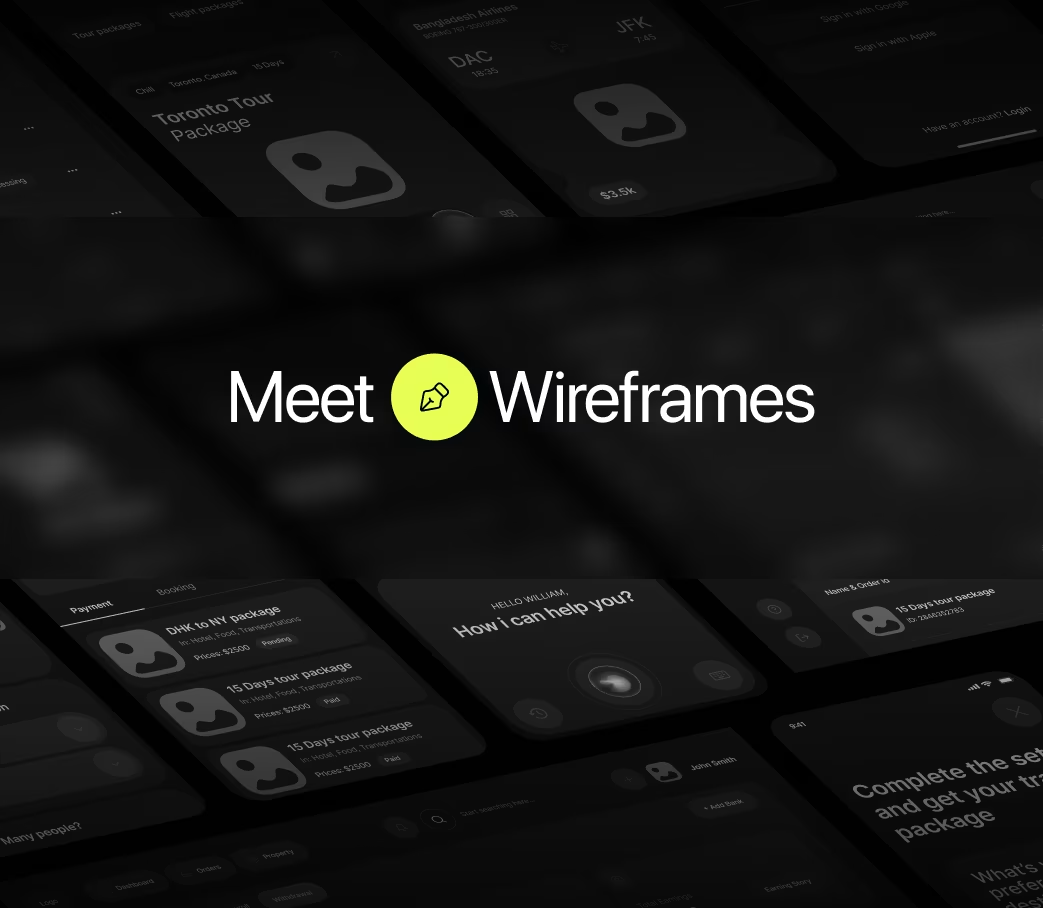
Animations
Subtle micro-animations made interactions intuitive and rewarding:
- Cards appeared with smooth staggered motions (200ms)
- Chat and map transitions glided naturally (300ms ease-out)
- Booking confirmations animated visually to show connection between plan and action
Animations were optimized for 60fps performance with reduced-motion support.
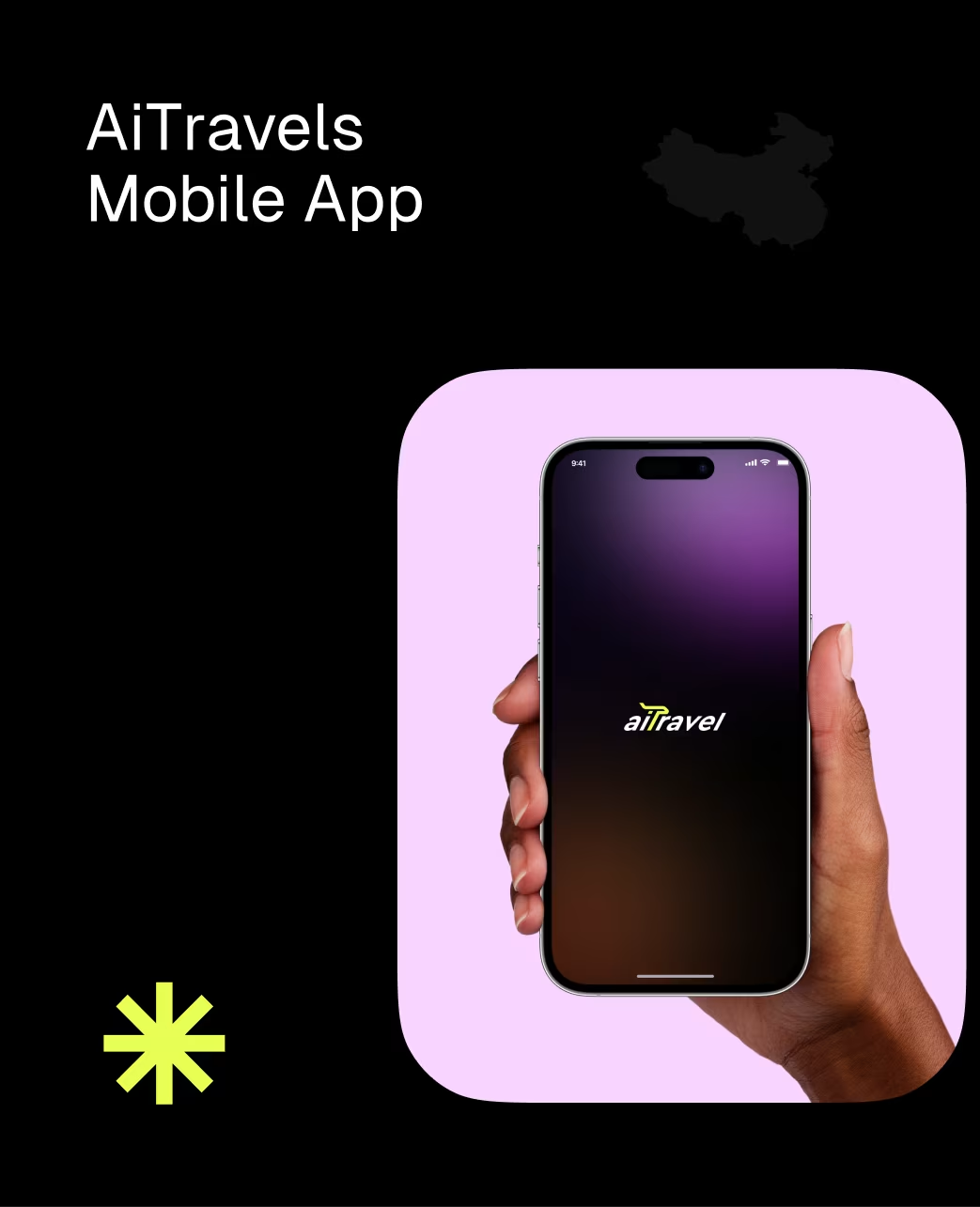
Multi screen
AI Travel included 35 key screens, covering:
- Conversational onboarding
- Smart question flowDestination suggestions
- Dynamic itinerariesIntegrated booking
- Saved trips & sharing
Mobile-first design ensured smooth use on phones and tablets with adaptive layouts.

Multi screen
Visual Identity and Brand Story
AI Travel positioned itself as “your personal travel companion that truly understands you.” Unlike traditional travel sites, it focused on emotional connection, not just logistics. The logo combined an airplane and compass, symbolizing smart navigation and personalization. The experience felt friendly, inclusive, and human, emphasizing exploration and culture over transactions.

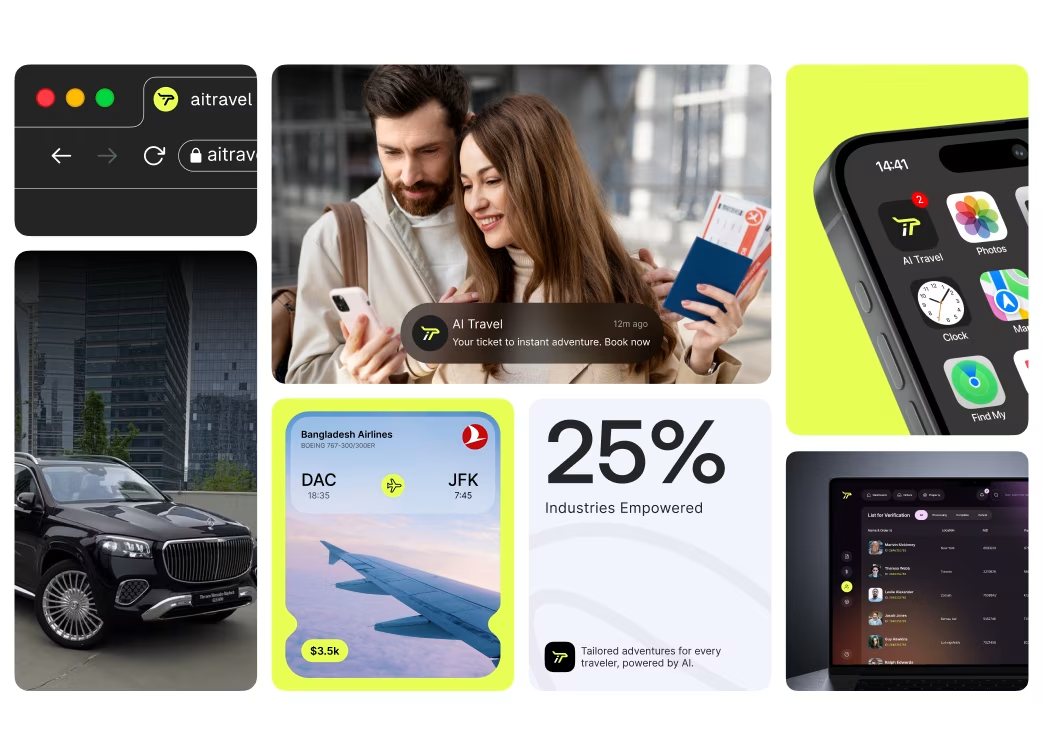

Results & Outcomes
Performance Impact:
- Trip completion rate: +89%
- Planning time: −76%
- In-app bookings: 64% (vs 12% for redirects)
- Repeat trip planning: 3.1× increase
- Over 2.3M plans generated in the first quarter
Learning: Conversational AI succeeds when it feels like guidance, not automation. Users don’t want an algorithm — they want a thoughtful assistant who understands preferences.
Humanized AI UX led to deeper engagement, faster conversions, and greater brand trust.
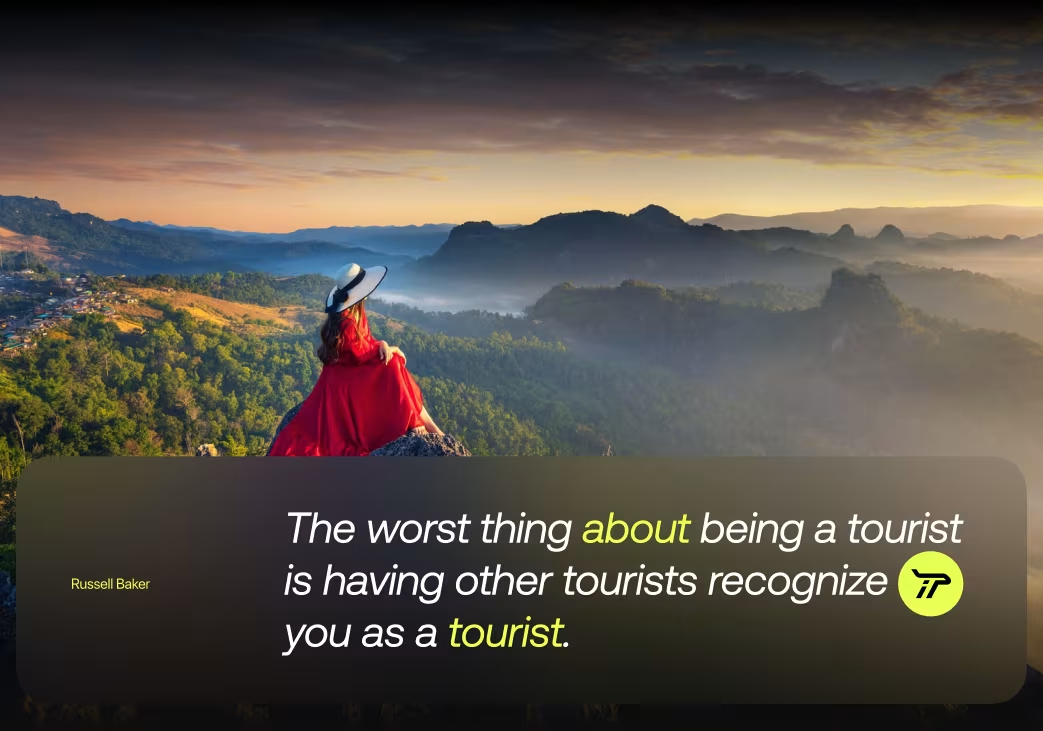
The Results
Our rebranding efforts delivered measurable success:

“Feedback gathered through surveys, interviews to measure impact and identify areas for improvement. Helps increase app's reputation and contributes to longterm success identify areas for improvement. ”